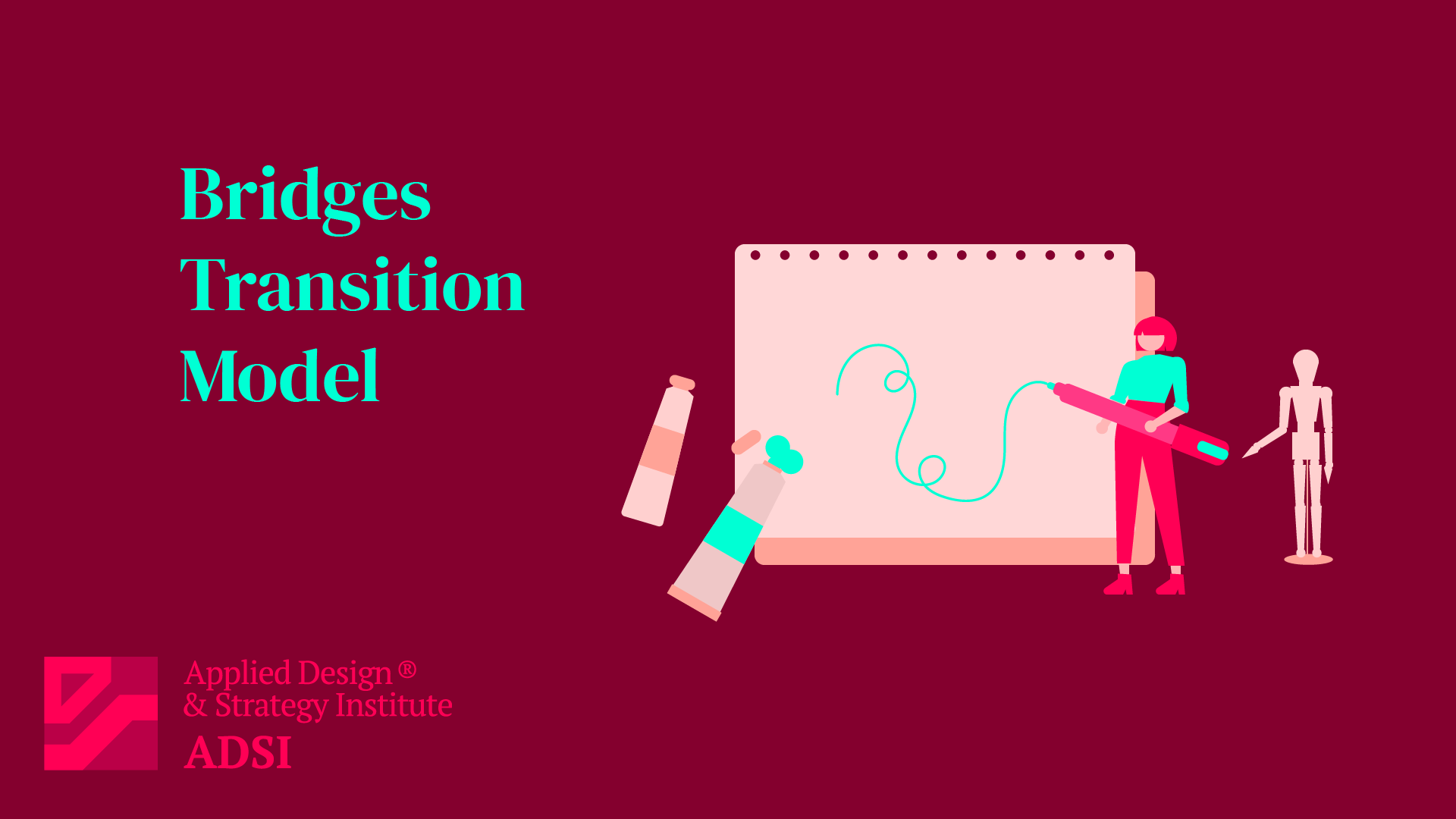Bridges Transition Model
The Bridges Transition Model, created by William Bridges, focuses on the psychological transitions associated with change, rather than the change itself. It comprises three stages:
- Ending, Losing, and Letting Go: This stage involves acknowledging the loss and uncertainties brought about by change. It’s a phase of grieving for the old ways, which can cause resistance and emotional upheaval.
- The Neutral Zone: A transitional ‘limbo’ where old ways have ended, and new ones are not yet fully operational. It’s a time of confusion, creativity, and transformation.
- The New Beginning: In this stage, individuals start to embrace the change, building new skills and behaviors. This phase is marked by renewed commitment and energy.
Advantages:
- Helps in understanding the emotional impact of change.
- Provides a structured approach to managing transitions.
Shortcomings:
- Can be time-consuming.
- Requires effective communication and support mechanisms.
Examples:
- Organizational restructures, mergers, or acquisitions.
- Personal transitions like career changes or retirement.
In practical applications, the model assists individuals and organizations in navigating through change more effectively, leading to beneficial outcomes like improved adaptability and acceptance of new realities. For a detailed case study, consulting resources specializing in change management or organizational behavior is advisable.



Leave a Reply